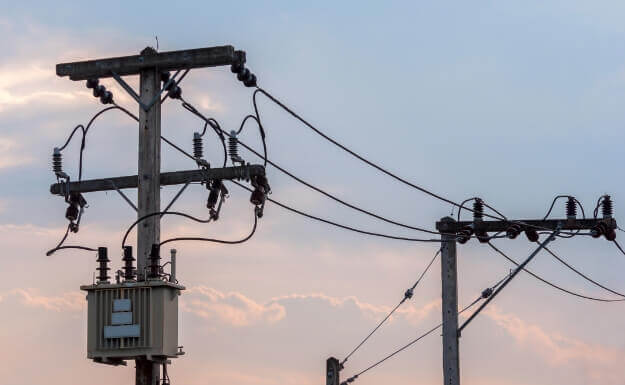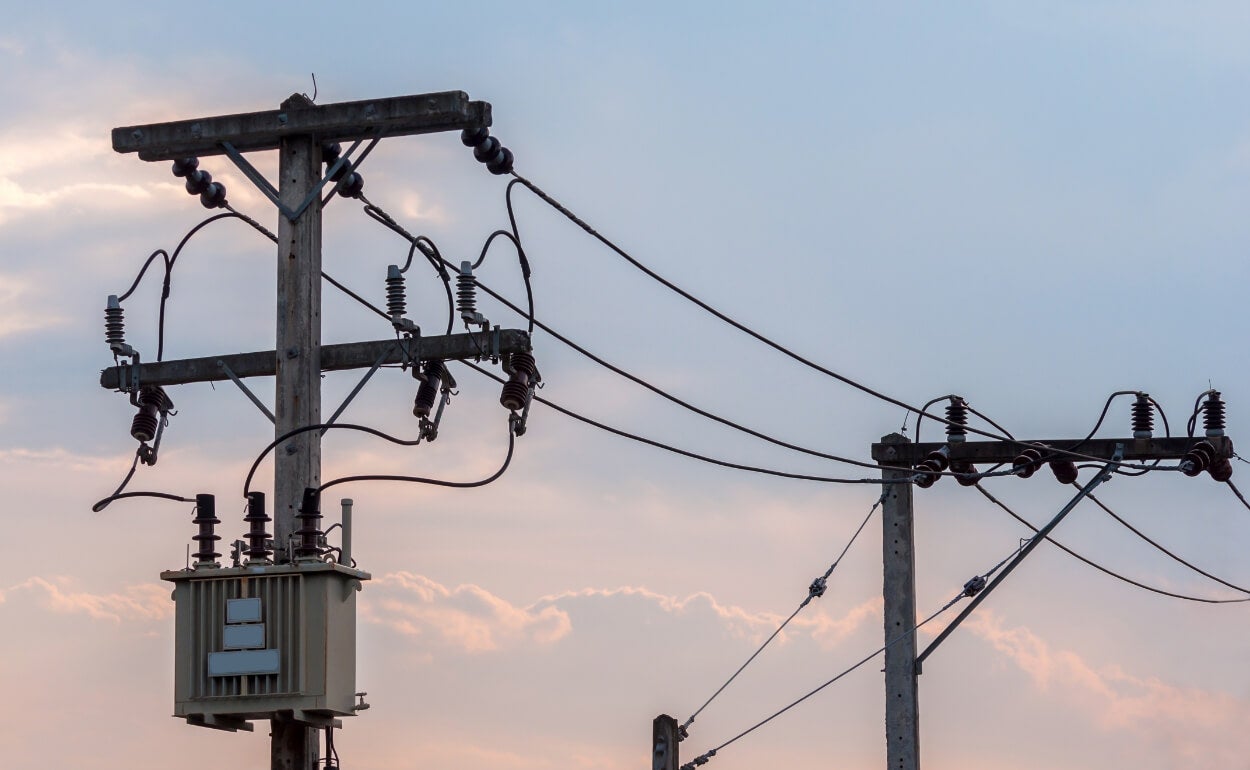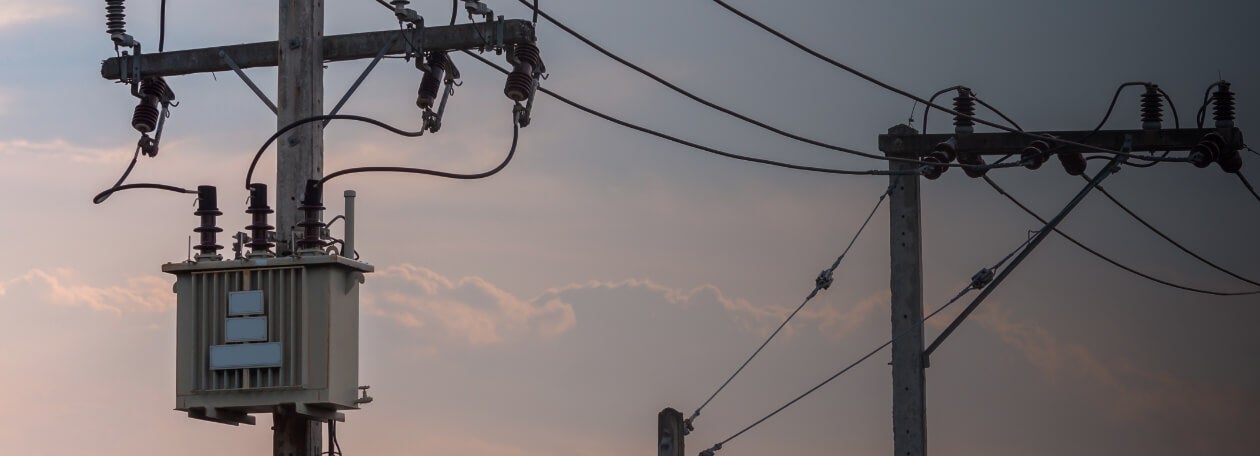Measures the reliability, continuity of supply, and the voltage quality of the electric system using a set of standard metrics. Overall, it relates to the ability of the electric system to perform its functions.



The continuity of supply (CoS) measuring reliability and the voltage quality are important issues in the electricity distribution sector. In general, the quality of service is related to the commercial relations with customers and technical perspectives. According to the American Public Power Association (APPA), reliability, from a system engineering perspective, is the ability of an electric system to perform its functions under normal and extreme circumstances.
Reliability indices help engineers and other operations personnel understand and demonstrate the interconnected nature of the many independent system components that make up an electric distribution system. This connection makes apparent the fact that overall system design, including construction practices, impacts fundamental reliability. From substation and distribution design to fusing schemes, various physical factors of system design impact system reliability. Among the commonly considered factors are: system voltage, feeder length, exposure to natural elements (overhead or underground conductor routing), sectionalizing capability, redundancy, conductor type/age, and number of customers on each feeder.
For most countries the main issues related to the technical aspects of quality of service can be grouped in two main fields of power quality:
* Continuity of supply (CoS) or supply quality is measured by means of interruptions in electricity supply identifying the events during which the voltage at the supply terminals of a network user drops to zero or nearly zero. These interruptions of supply are generally described by two quality dimensions, the number of interruptions and their duration. On system level, most common continuity indices related to long interruptions are SAIDI (System Average Interruption Duration Index), SAIFI (System Average Interruption Frequency Index), CADI (Customer Average Interruption Duration Index), and ENS (Energy Not Supplied). Most countries use separate classifications for planned (notified) and unplanned interruptions, and there is not a single standard if exceptional events (usually weather events) are included (or not) in the calculation of SAIDI and SAIFI.
* Product or voltage quality covers a subset of possible variation of voltage characteristics from the desired values (excluding interruptions) such as: supply voltage variations; rapid voltage change; voltage swells; flickers; voltage unbalance; harmonic voltage distortions; transient overvoltage; and mains signaling voltage. For example, delivery of high-quality, flicker-free power are important considerations for industrial or commercial customers due to equipment damage and data loss. Large industrial customers that are energy intensive can suffer significant financial losses when voltage dips occur at their sites, but this is less relevant in residential customers. Measuring the voltage quality however can be a complex task due to technical difficulties to select the proper indicator and establish the limits. Standard EN50160 establishes the limits set for voltage disturbances.
To face these challenges, due to a managerial decision or encouraged by the current regulation, the search for high levels of service must be present in the following pillars: (i) quality indicators: selecting indicators to describe their performance; (ii) performance standards: level of quality that company is expected to supply; and (iii) financial incentives to void penalization for the performance below the standard.
Multiple changes in the use of electricity are requiring the electricity systems to perform in ways and in a context for which they were not designed originally, requiring new capabilities and designs to maintain historical levels of reliability. The electric system is being asked to perform in ways and in a context for which it was not designed. The result is a system that is under stress from these and other factors and which requires greater flexibility, agility, and ability to dynamically optimize grid operations in time frames that are extremely fast. As consumers demand high-quality power with high reliability to support a digital economy, power disruptions have potentially greater consequences to customers. Moreover, there is a growing expectation for a resilient and responsive power grid in the face of more frequent weather events, cyber and physical attacks.
This section focuses on the utility’s best practice processes as enablers to improve its quality of service using industry standards. The section does not focus on the specific parameters (e.g., voltage limits, methodology for calculating the indices, etc.) of each country in LAC the region, as these are determined by each regulator as per each country's technical norms. The utility’s processes related to technical quality of service are organized in two groups:
Data and statistics from the energy sector, including indicators on electricity losses can be found at the IDB energy hub.
The energy hub is constantly updated with new information.
Regulatory framework
Quality indicators selection and standardization
Does the utility adopt criteria other than SAIDI and SAIFI to measure its performance? Are performance indicators used in the definition of the utility’s strategies?
Performance standards
Has the utility analyzed performance indicators individually or by group of customers, or by specific locations? Is there any level of segregation in the analysis of indicators?
Public database and end-user information
Does the utility publish periodic commercial and technical information on the quality of service? Is there information published beyond the minimum required by law? How is the quality control and audit trail of reporting these indicators?
Financial incentives
Does the utility have financial incentives based on its technical performance? Does the financial incentive reward good results and punish bad results?
Infrastructure Adequacy
Technology
Has the utility made investments in digitization to collect and evaluate disaggregated outage information? What is the frequency of this data collection? Does the disaggregated information include other data?
Investments to reduce SAIDI and SAIFI
Has the utility made specific investments to improve its performance indicators such as SAIDI and SAIFI? Are dedicated investments to reduce SAIDI and SAIFI part of utility's investment plan?
Electricity grid resilience facing natural events
Has the utility included in its investment plans and operating procedures natural events that can generate long-term power outages? In this way, the plan includes at least events caused by lightning strokes, floods, hurricanes, windstorms, and wildfires.
Technical and Operational Practices
Integration of Distributed Energy Resources
Does the utility have updated procedures that allow it to integrate distributed energy resources in its electrical grid? Does the utility follow, in addition to current national legislation, international best practices?
Maintenance and operation standards
Does the utility have protocols and standards to perform corrective and preventive maintenance on substations and power networks? Are there contingency plans for critical situations and events?
Organization
Baseline and masterplan
Does the utility develop a quality improvement or control plan, based on a technical and standardized diagnosis about its technical performance? Does diagnosis consider the specific factors that cause major supply interruptions and include metrics to improve performance?
Technical Support and dedicated department
Does the utility have an operation center and maintenance teams available 24/7? How is the budget of this department compared to other departments? Is there a specific department to analyze and report on technical quality indicators?
Lastly, there is a need to establish quality committee
Has the utility carried out periodic evaluations of its technical performance indicators? Is there a specific quality committee or peer review for this activity? Are company executives part of this committee?